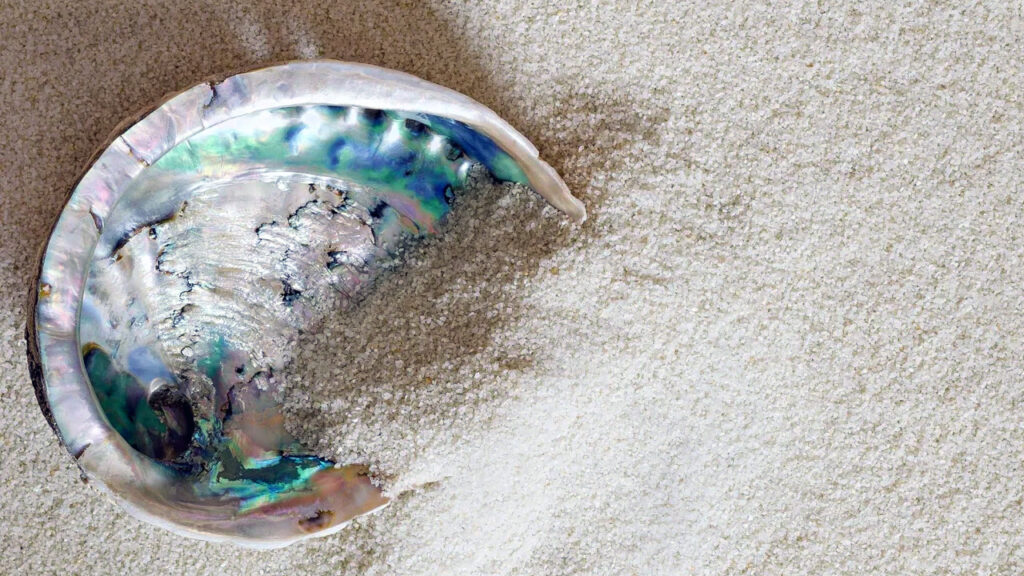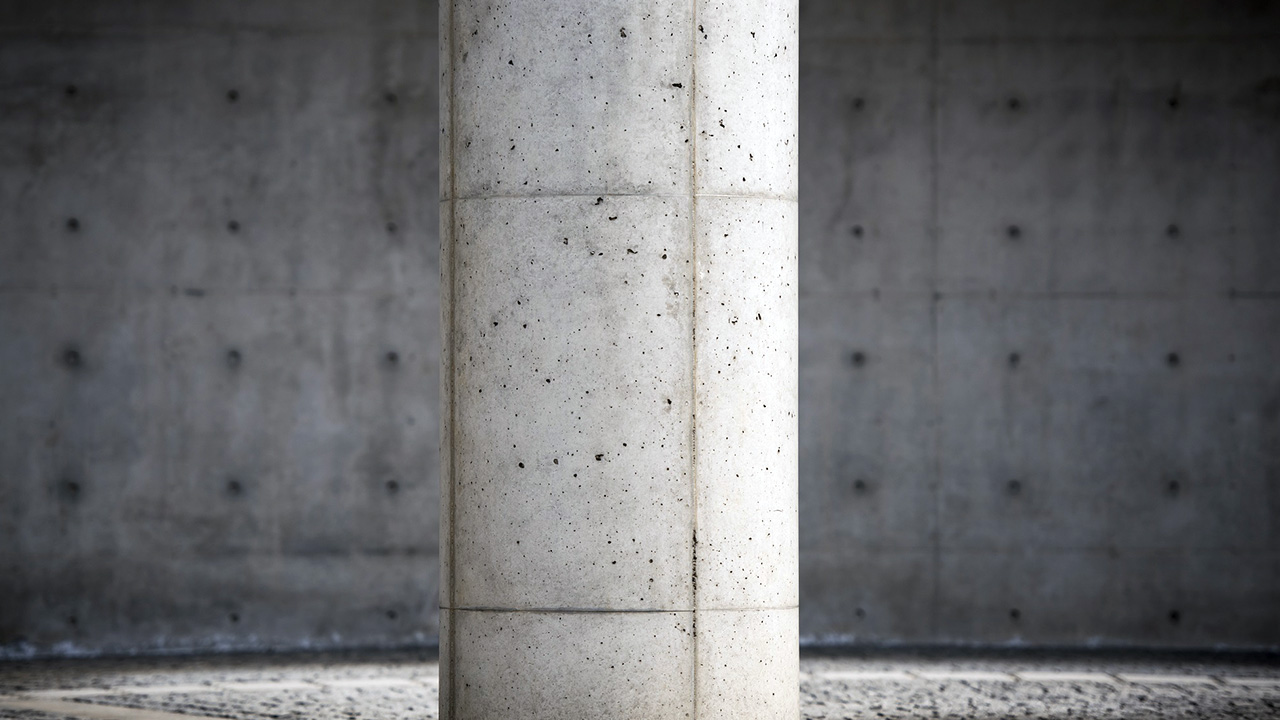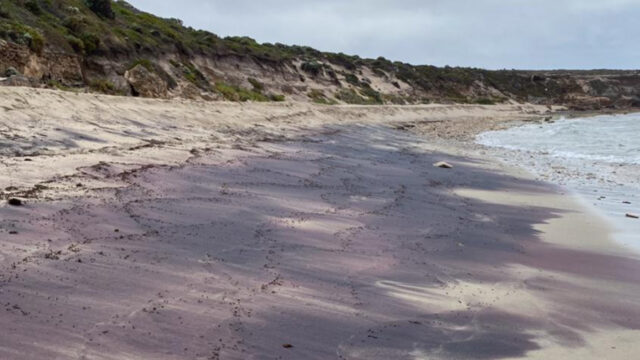Inspired by natural materials, scientists have developed a new type of concrete that is 17 times more resistant to cracking. This innovative concrete aims to make cement, one of the world’s most common building materials, more durable and safer.
New durable concrete inspired by nature
The new type of concrete mimics the structure of abalone and oyster shells. According to research published in the journal Advanced Functional Materials, scientists hope this new concrete can be used to create more durable, safe and long-lasting building materials.

More resistant to cracking, the new concrete uses hexagonal cement plates and a thin polymer to increase its capacity to deform and stretch without breaking by 19 times.
It is important that concrete can stretch under pressure, as this makes it less brittle and thus 17 times more resistant to cracking.
The researchers think they can also apply this method to other brittle ceramic materials, for example porcelain. Given how fragile porcelain is, imagine how big an improvement this would be.
The new crack-resistant concrete was inspired by a material found in nature known as nacre, or mother-of-pearl. Nacre is found inside certain shells, and when examined at a microscopic level, it is seen to be made up of hexagonal tablets, glued together with a biopolymer. This structure makes the shells stronger as a single solid object.
The researchers say they not only want to mimic what mother-of-pearl does in nature, but also to learn these principles and investigate how they can be used to engineer man-made materials. This will make it possible to create stronger materials in the future.
The new crack-resistant concrete has the potential to revolutionize the concrete industry. This innovation could be an important step in building safer and longer-lasting structures. Increasing the durability of concrete not only reduces construction costs, but also paves the way for more sustainable and environmentally friendly construction.














